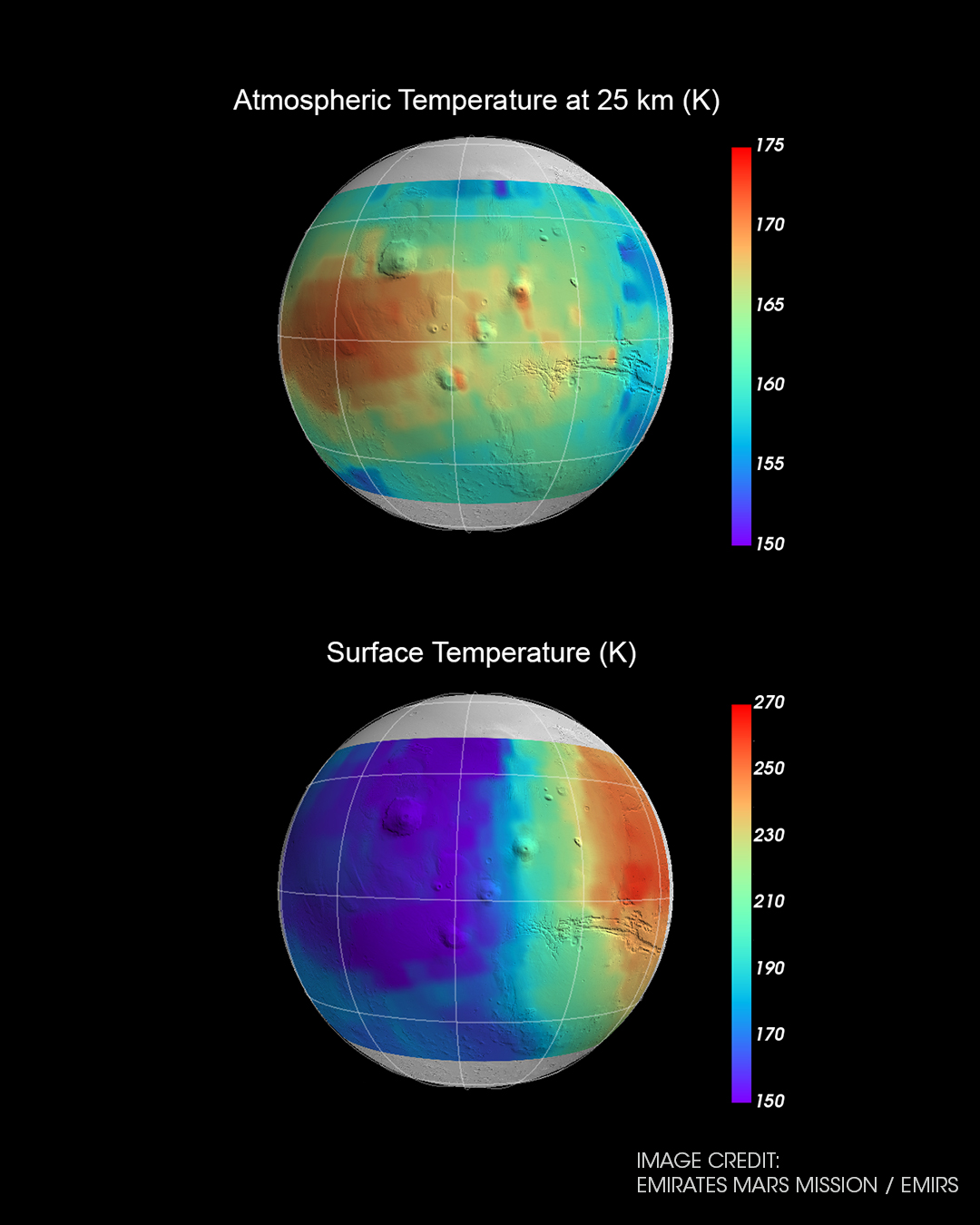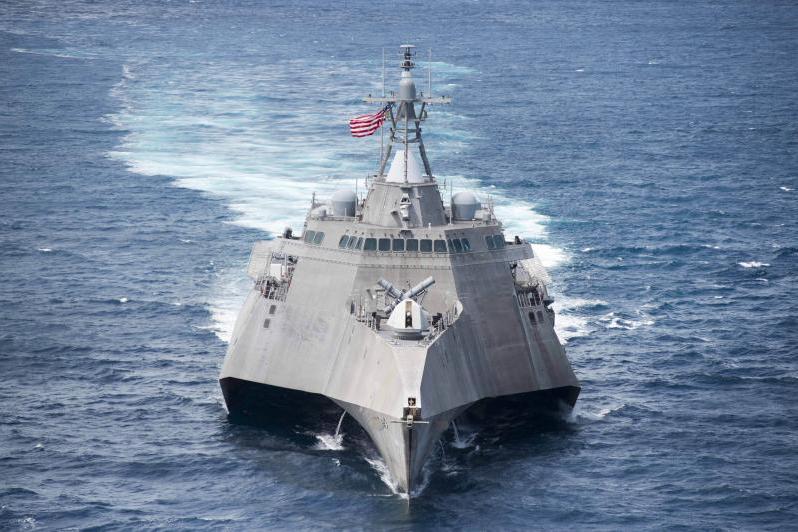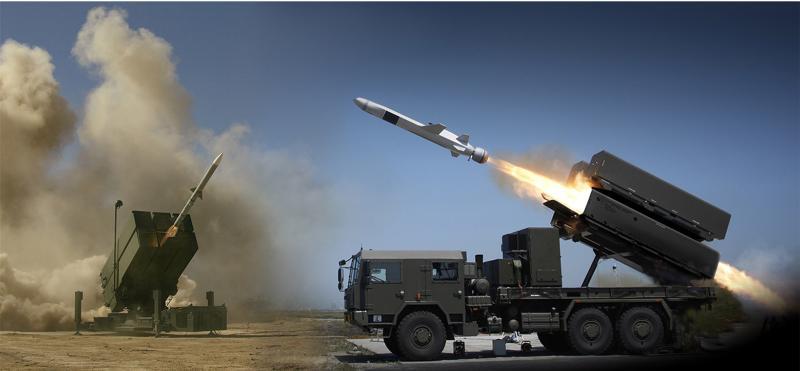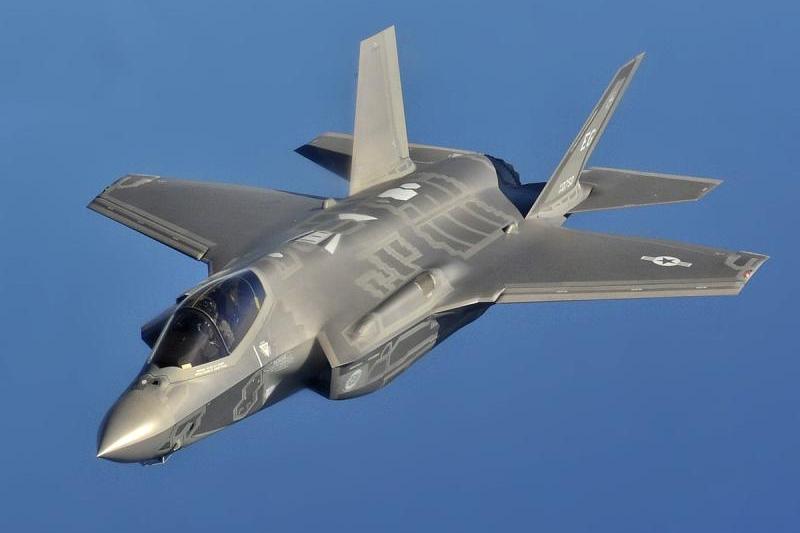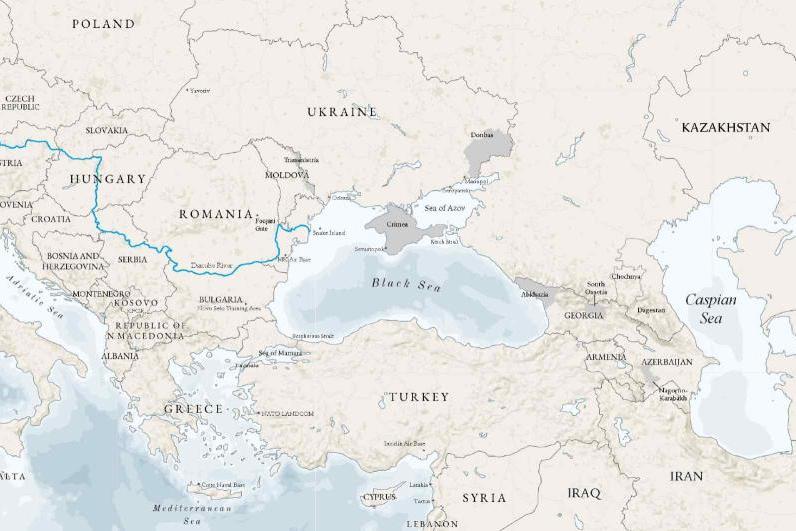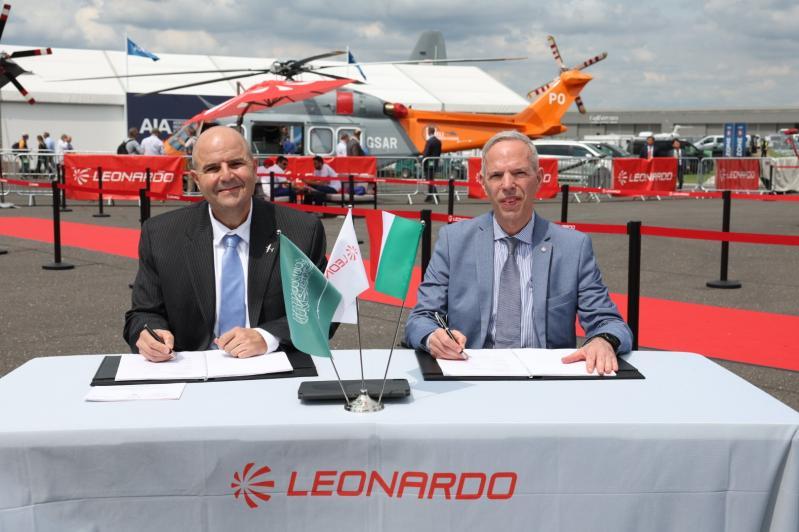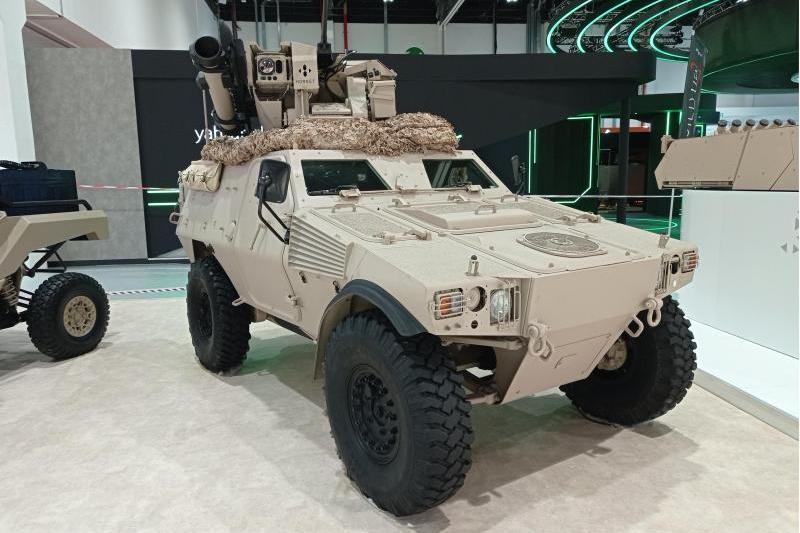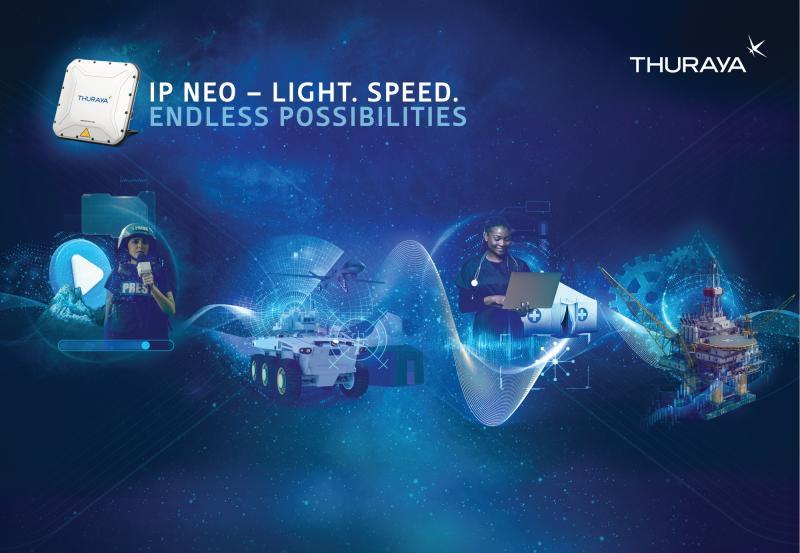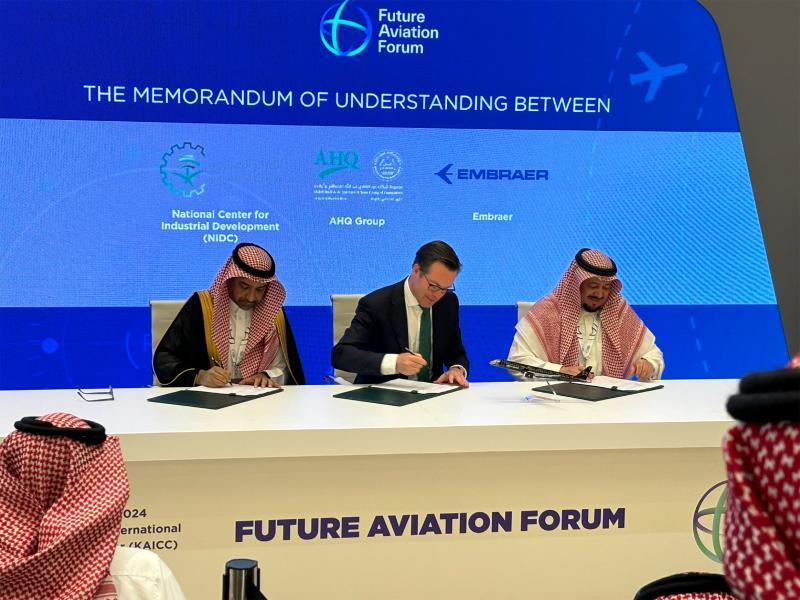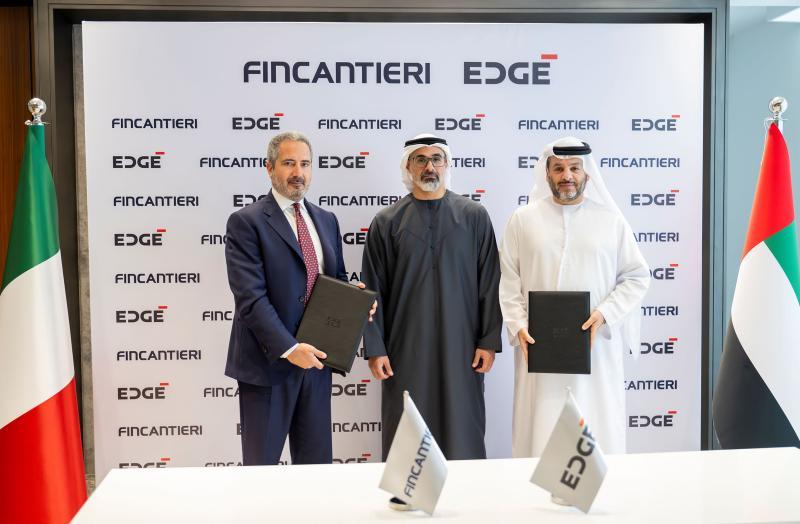Emirates Mars Mission Hope Probe Set to Commence Two-Year Science Mission
- Science Instruments activated ahead of schedule on 10th April
- Tests put Instrument performance beyond expectations
- Formal science data gathering has now commenced
Dubai-UAE: 23 May 2021 – The Emirates Mars Mission, the first interplanetary exploration undertaken by an Arab nation, today announced the mission has completed spacecraft and instrument exercises used to practice science observations and is now ready to commence science data gathering. The two-years science mission formally commenced on the 23rd May, aiming to yield the first complete picture of Mars’ lower and upper atmospheres throughout the day, night and seasons of a full Martian year.
“Following a successful cruise to Mars, a near-perfect Mars Orbit Insertion manoeuvre and our transition from Hope’s capture orbit to our science orbit, we have completed our commissioning, calibration and testing phase. I am delighted to be able to report that the Mars Hope probe is perfectly positioned to commence its two-years science mission,” said Omran Sharaf, Project Director of EMM.
The probe’s three instruments were activated on the 10th April and a period of commissioning and testing followed. The instruments and spacecraft are performing beyond expectations.
EMUS
Since the Hope probe entered orbit around Mars, the Emirates Mars Ultraviolet Spectrometer (EMUS) instrument has collected nearly 14,000 spectral-spatial images of the atmosphere, corresponding to 1.6 million individual spectra. This initial execution of four distinct observation types have demonstrated that the spacecraft and instrument work perfectly in tandem, accurately tracing the EMUS field of view across specific areas of interest. The data obtained from one of these activities was used to create the image in Figure 1. These observations will be repeated throughout science phase, characterizing the composition and structure of the upper atmosphere as it changes within and across seasons.
EXI
The Hope probe Emirates Exploration Imager (EXI) imager has taken over 500 images of Mars since the transition to science orbit took place in early April and will now focus on mapping water ice clouds in the atmosphere as Mars enters its ‘cloudy season’. During this time, spring and summer in the Martian northern hemisphere, a belt of clouds forms near the equator. Hope will have a unique view of these clouds through its ability to observe the changing dynamics of the atmosphere throughout the daily and seasonal cycles. Figure 2 shows how EXI is able to take measurements from different light spectra in order to map the atmosphere.
EMIRS
The Emirates Mars Infrared Spectrometer (EMIRS) has been acquiring science demonstration data, refining instrument calibration and routinely processing data since Hope’s arrival at Mars. In total over 130,000 spectra have been acquired since arrival at Mars. More than 40 science demonstration observations have been acquired that span a significant portion of the planned local time coverage and encompass all observation scenarios. One example dataset (Figure 3) is shown here and illustrates the types of data that EMIRS will acquire over its lifetime at Mars. EMIRS will derive the surface temperatures, atmospheric temperature profiles, the column integrated water ice and dust opacities as well as the water vapor abundance over the full Martian day on sub-seasonal timescales. These observations, in combination with those of EXI and EMUS, will provide a unique insight into Martian weather and links to atmospheric escape processes.
Hope is following its planned 20,000 – 43,000 km elliptical science orbit, with an inclination to Mars of 25 degrees. The probe will complete one orbit of the planet every 55 hours and will capture a full planetary data sample every nine days.
EMM and the Hope probe are the culmination of a knowledge transfer and development effort started in 2006, which has seen Emirati engineers working with partners around the world to develop the UAE’s spacecraft design, engineering and manufacturing capabilities. Hope is a fully autonomous spacecraft, carrying three instruments to measure Mars’ atmosphere. Weighing some 1,350 kg, and approximately the size of a small SUV, the spacecraft was designed and developed by MBRSC engineers working with academic partners, including LASP at the University of Colorado, Boulder; Arizona State University and the University of California, Berkeley.
The Emirates Mars Mission will study the Martian atmosphere, the relationship between the upper layer and lower layer and, for the first time, scientists globally will have full access to a holistic view of the Martian atmosphere at different times of the day, through different seasons.
The Hope Probe’s historic journey to the Red Planet coincides with a year of celebrations to mark the UAE’s Golden Jubilee.
